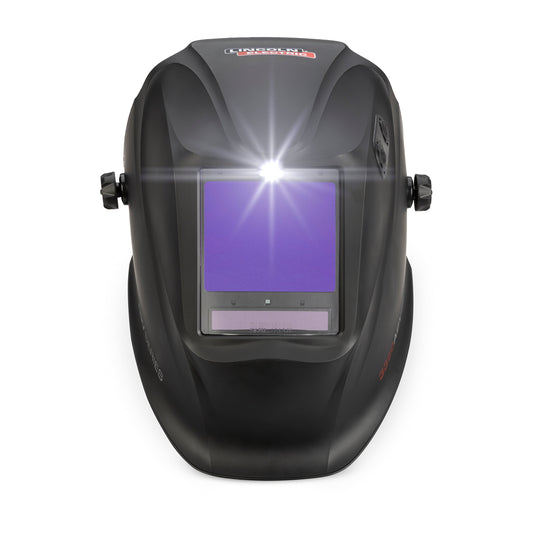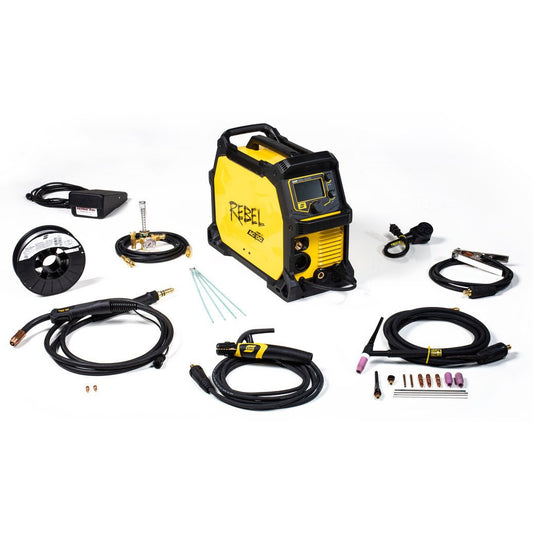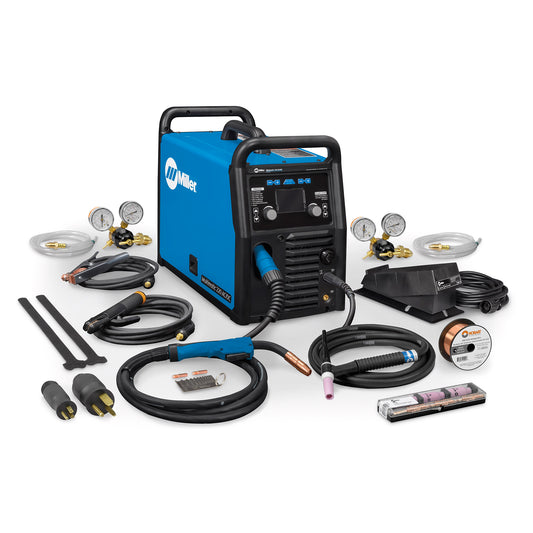TIG welding is known for its precision, control, and clean results—but even experienced welders can run into frustrating issues from time to time. If your welds aren’t coming out as expected, you’re not alone. Whether it’s tungsten contamination, arc instability, or poor penetration, these problems can often be traced back to a few common causes.
Here’s a breakdown of the most frequent TIG welding issues—and how to fix them.

Tungsten Contamination
The Problem:
Black, dirty welds or erratic arc behavior often point to a contaminated tungsten electrode. This can be caused by touching the filler rod to the tungsten, dipping into the weld puddle, or using a dirty work surface.
The Fix:
- Keep your tungsten sharp and clean.
- Use a dedicated grinding wheel or tungsten grinder.
- Maintain a steady hand to avoid contact with the puddle.
- Use high-quality shielding gas to reduce contamination from the environment.
Arc Wandering or Inconsistent Arc Start
The Problem:
If your arc is wandering or difficult to start consistently, your electrode may not be properly shaped or centered in the collet. This can lead to a lack of control and messy welds.
The Fix:
- Make sure the tungsten is ground to a fine point for DC welding or a balled tip for AC welding (such as with aluminum).
- Double-check that the electrode is properly secured and centered.
- Use the correct electrode type and size for the material and amperage.
Porosity in Welds
The Problem:
Porosity—tiny holes or bubbles in the weld—weakens the weld and looks unprofessional. It’s usually caused by shielding gas issues or surface contamination.
The Fix:
- Use 100% argon gas for most TIG applications.
- Check for leaks in your gas hose or torch.
- Clean your base metal thoroughly—no oil, rust, or paint should be present.
- Avoid welding in drafty environments, which can disrupt gas coverage.
Inadequate Penetration
The Problem:
A weak weld that doesn’t fully penetrate the joint won’t hold up under stress. This can happen when the amperage is too low or the travel speed is too fast.
The Fix:
- Increase amperage if needed (but not excessively).
- Slow down your travel speed to allow the weld pool to form and penetrate.
- Make sure you're using the right filler rod and electrode for the job.
Overheating or Warping
The Problem:
Too much heat can distort thin metals, leading to burn-through or warping. This is especially common when welding aluminum or stainless steel.
The Fix:
- Use a pulsed TIG setting if available to manage heat input.
- Use heat sinks or clamps to control expansion.
- Back off on the amperage and use a smaller filler rod if needed.
- Practice precise torch control to minimize heat buildup.
Final Thoughts
TIG welding can be one of the most rewarding and refined forms of welding—but it also demands attention to detail. By understanding and correcting these common problems, you can improve your results and enjoy cleaner, stronger welds every time.
Still having trouble or need gear recommendations? Reach out to the experts at Baker’s Gas and Welding.
Call us at 877-930-5690 or
Email us at support@bakersgas.com for all your welding needs!





